Ultimate Guide to Sponsor Letter Templates
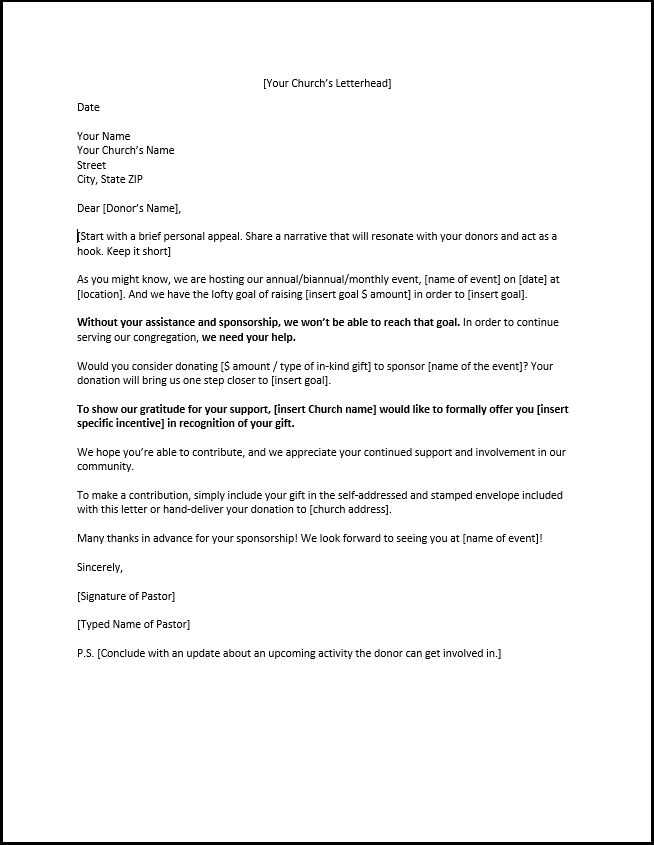
Effective communication is crucial when seeking support for events, projects, or initiatives. Crafting a well-structured request can help convey your message clearly and increase the chances of receiving a positive response. Whether you’re looking for funding, partnership, or other forms of collaboration, knowing how to present your case professionally is essential. Below are key points to consider when preparing your formal requests.
Essential Elements of a Request
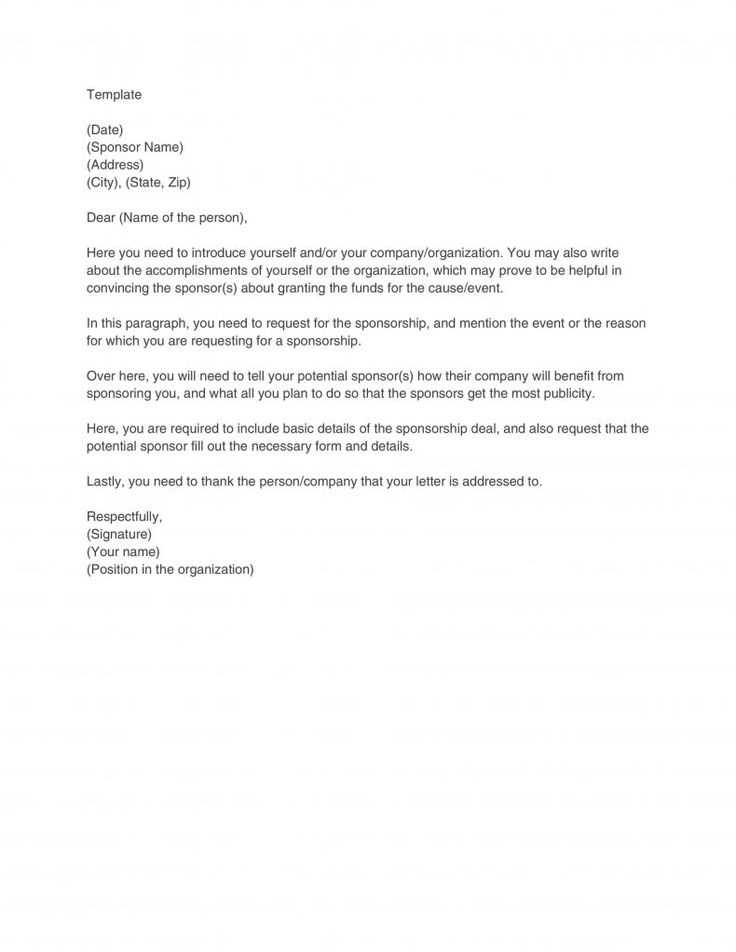
When writing a formal request, certain components should always be included to ensure clarity and effectiveness. Here are the main elements to keep in mind:
- Introduction: Briefly introduce the purpose of your request.
- Clear Objective: State what you are asking for and how it aligns with the recipient’s interests.
- Benefits: Explain what the recipient will gain from offering support.
- Conclusion: Close with a strong, respectful appeal and a call to action.
Why Structure Matters
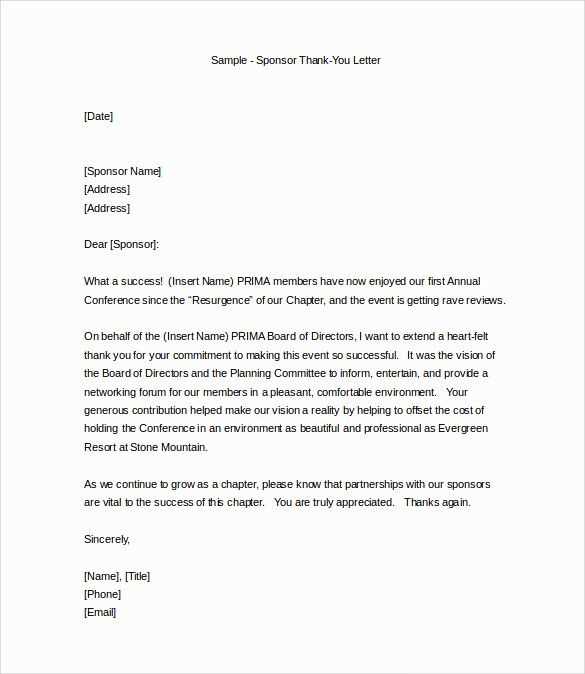
Having a well-organized request makes it easier for the reader to understand your needs. A clear structure ensures that key information is highlighted, making your appeal more compelling and professional.
Personalizing Your Request
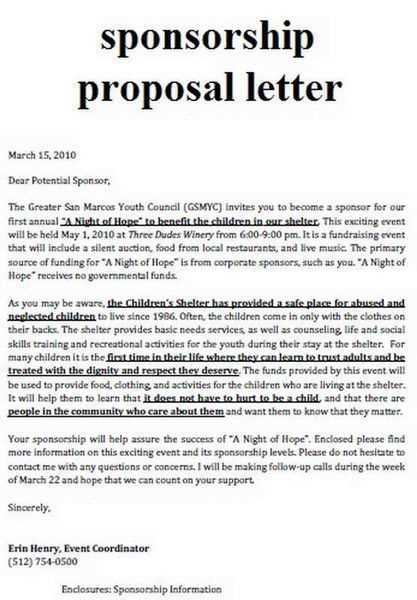
Customizing your request to suit the recipient’s values, goals, and priorities can greatly increase your chances of success. Personalization shows that you’ve put thought into your communication and understand the interests of the person or organization you’re addressing.
Avoiding Common Pitfalls
While preparing your request, there are several mistakes to avoid:
- Vague Language: Be specific about what you’re requesting to avoid misunderstandings.
- Overly Long Messages: Keep your request concise and to the point.
- Lack of Focus: Ensure that your main objective is clear throughout the document.
By focusing on these elements and avoiding common errors, you can increase the likelihood of a successful outcome. A well-crafted appeal can make a significant difference in obtaining the support or partnership you need.
Different Types of Support Requests and How to Craft Them
There are various approaches to formally asking for help or collaboration, depending on the context and audience. Understanding the different styles and structures of these communications can help you craft the perfect request. Whether it’s for a charitable cause, event, or project, tailoring your message is key to gaining positive responses. Below are some key strategies to help you succeed.
How to Write a Persuasive Request
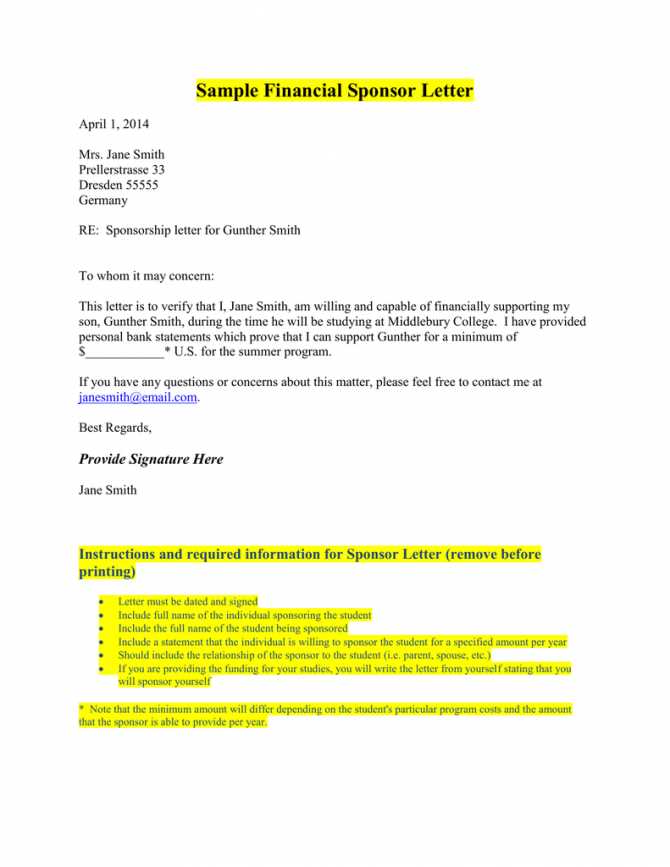
To create a compelling message, it’s important to convey the right tone, provide relevant details, and highlight mutual benefits. A well-crafted appeal should grab attention, clearly present the purpose, and make it easy for the recipient to take action. Focus on demonstrating how their involvement will create a positive impact while aligning with their interests or goals.
Key Components of an Effective Appeal
An effective request includes several key elements:
- Introduction: Introduce yourself and explain the purpose of your message.
- Specific Request: Clearly state what you are seeking and provide details on how the recipient can contribute.
- Benefits: Explain how supporting your cause will benefit them, whether through exposure, goodwill, or other opportunities.
- Call to Action: End with a clear and respectful call to action, encouraging them to take the next step.
Avoiding Common Mistakes in Requests
It’s important to be mindful of common errors that can weaken your message:
- Being Too Vague: Avoid generalizations. Be specific about what you need and how the recipient can help.
- Too Much Detail: Don’t overwhelm the reader with excessive information. Keep it concise and to the point.
- Lack of Personalization: A generic request may seem impersonal. Make sure to tailor it to the recipient’s values and interests.
Tips for Customizing Your Request
When creating your request, ensure it’s relevant to the individual or organization you’re addressing. A tailored message demonstrates that you’ve considered their values and objectives, which increases the likelihood of a positive response. Personalizing the appeal can make it feel more sincere and engaging.
When to Send a Request for Event Assistance
Requests for event support should be sent well in advance, allowing the recipient time to evaluate your proposal. Consider the timing of your request and ensure it aligns with their availability and priorities. Early communication increases the chances of securing the necessary support for a successful event.